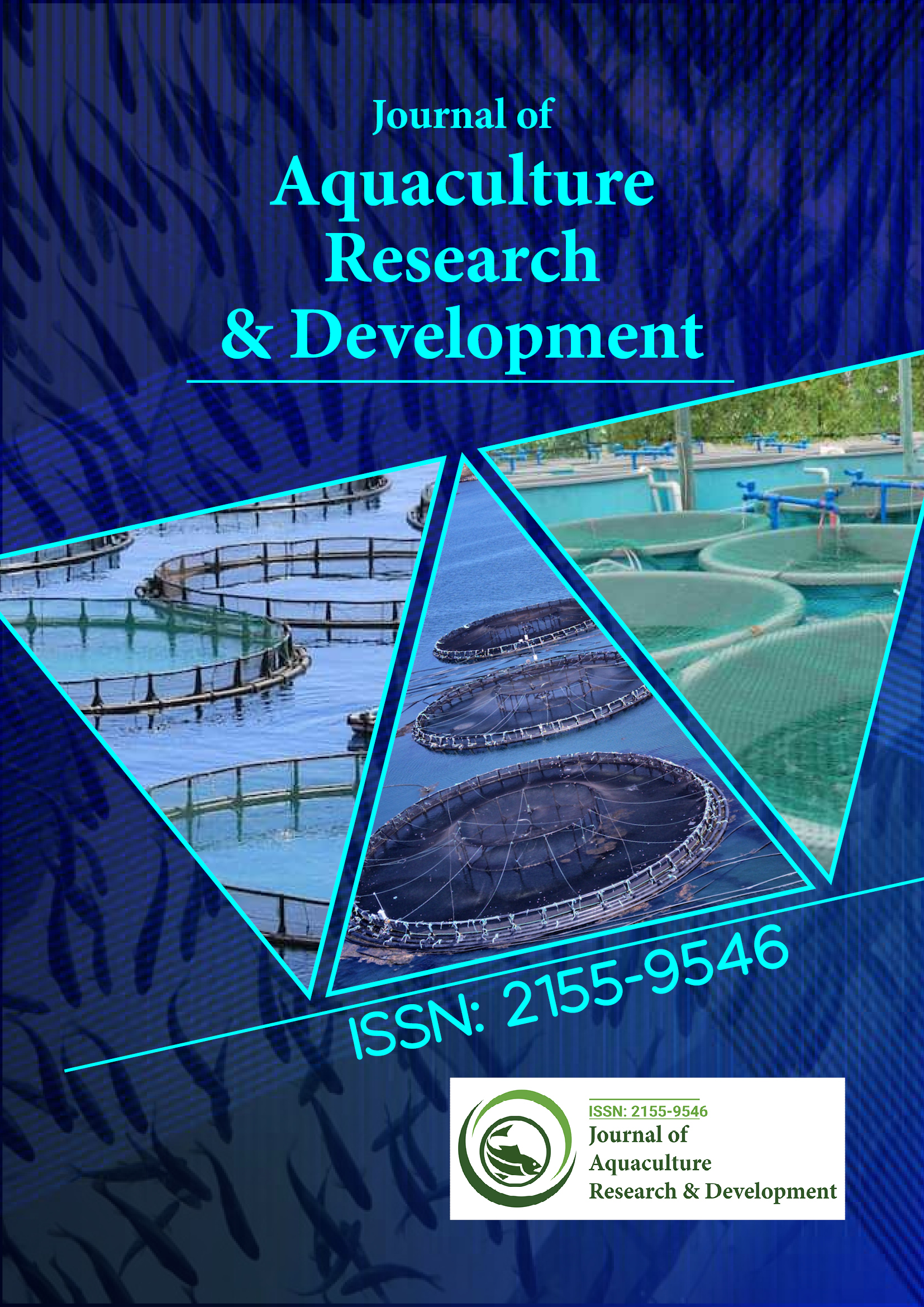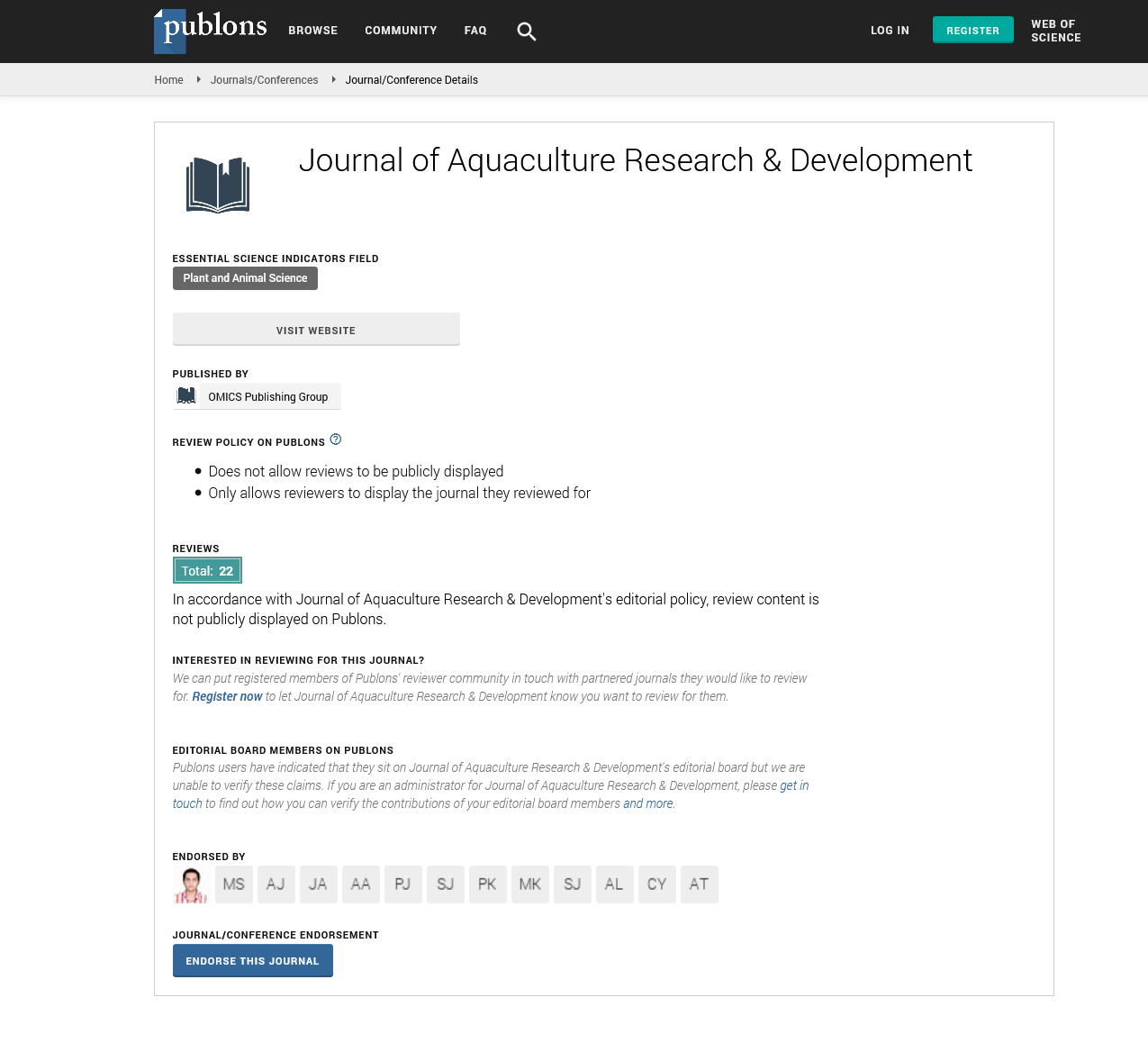Indexed In
- Online Access to Research in the Environment (OARE)
- Open J Gate
- Genamics JournalSeek
- JournalTOCs
- Scimago
- Ulrich's Periodicals Directory
- Access to Global Online Research in Agriculture (AGORA)
- Electronic Journals Library
- Centre for Agriculture and Biosciences International (CABI)
- RefSeek
- Directory of Research Journal Indexing (DRJI)
- Hamdard University
- EBSCO A-Z
- OCLC- WorldCat
- Scholarsteer
- SWB online catalog
- Virtual Library of Biology (vifabio)
- Publons
- MIAR
- University Grants Commission
- Euro Pub
- Google Scholar
Useful Links
Share This Page
Journal Flyer

Open Access Journals
- Agri and Aquaculture
- Biochemistry
- Bioinformatics & Systems Biology
- Business & Management
- Chemistry
- Clinical Sciences
- Engineering
- Food & Nutrition
- General Science
- Genetics & Molecular Biology
- Immunology & Microbiology
- Medical Sciences
- Neuroscience & Psychology
- Nursing & Health Care
- Pharmaceutical Sciences
Perspective - (2025) Volume 16, Issue 4
Host Defense Mechanisms in Yellow Catfish Kidneys Infected with Edwardsiella ictaluri
Byung Seok Kang*Received: 28-Mar-2025, Manuscript No. JARD-25-29671; Editor assigned: 01-Apr-2025, Pre QC No. JARD-25-29671 (PQ); Reviewed: 15-Apr-2025, QC No. JARD-25-29671; Revised: 22-Apr-2025, Manuscript No. JARD-25-29671 (R); Published: 29-Apr-2025, DOI: 10.35248/2155-9546.25.16.982
Description
Aquaculture has expanded significantly in recent decades, providing a growing proportion of global fish consumption. Yellow catfish (Pelteobagrus fulvidraco) is an important freshwater species in Asia due to its high nutritional value, adaptability and market demand. However, disease outbreaks remain a significant constraint on production and bacterial pathogens, particularly Edwardsiella ictaluri, represent a major cause of mortality in cultured catfish populations. E. ictaluri is a Gram-negative bacterium known to induce enteric septicemia in catfish, leading to widespread tissue damage, systemic infection and significant economic losses.
The immune system of fish comprises both innate and adaptive components, with the kidney serving as a central organ in immune regulation. In teleosts, the kidney is divided into two functional regions: the head kidney (pronephros), which functions similarly to mammalian bone marrow and lymphoid tissue and the trunk kidney (mesonephros), which primarily regulates osmoregulation but also exhibits immune activity. Understanding the differential immune responses of these two kidney regions during bacterial infection can provide insights into host-pathogen interactions and inform disease management strategies.
Pathogenesis of Edwardsiella ictaluri
E. ictaluri infection typically occurs through the gastrointestinal tract, gills, or skin lesions, allowing the bacterium to disseminate into internal organs, including the liver, spleen and kidneys. Upon entry, E. ictaluri interacts with host immune cells, triggering inflammatory and antimicrobial responses. The bacterium possesses virulence factors, such as secretion systems and adhesins, which facilitate host cell invasion and evasion of immune defenses. Infected yellow catfish often exhibit clinical signs such as lethargy, anorexia, skin hemorrhages and abdominal swelling. Histopathological examinations reveal necrosis, inflammation and accumulation of immune cells in affected organs, highlighting the systemic nature of the infection.
Head kidney in immunity
The head kidney is considered the primary hematopoietic and immune organ in teleost fish. It contains a variety of immune cells, including macrophages, lymphocytes, neutrophils and dendritic-like cells. Macrophages in the head kidney play a central role in pathogen recognition and clearance by phagocytosis, production of reactive oxygen species and secretion of cytokines. Lymphocytes contribute to adaptive immunity, generating antigen-specific responses through B-cells and T-cell mediated mechanisms. During bacterial infection, the head kidney often exhibits upregulated expression of genes associated with pathogen recognition, inflammatory signaling and antimicrobial peptide production. This region can also coordinate systemic immune responses by releasing signaling molecules into circulation.
Trunk kidney in immunity
While the trunk kidney is primarily involved in osmoregulation and excretion, it maintains a secondary immune function. It contains leukocytes and hematopoietic niches capable of responding to infection, albeit at lower intensity compared to the head kidney. The trunk kidney can contribute to local immune surveillance and produce cytokines and antimicrobial factors in response to bacterial invasion. Investigating immune responses in the trunk kidney is important for understanding the full spectrum of host defense mechanisms, especially as pathogens like E. ictaluri can colonize multiple organs.
Immune cell dynamics
During E. ictaluri infection, head kidney macrophages demonstrate increased phagocytic activity, engulfing bacteria and presenting antigens to lymphocytes. Neutrophil recruitment is rapid, resulting in the formation of microabscesses and release of cytotoxic granules. Lymphocytes in the head kidney proliferate and differentiate into effector cells capable of producing specific antibodies against bacterial antigens. In the trunk kidney, immune cell infiltration is slower, but macrophages and lymphocytes gradually accumulate, contributing to bacterial clearance over time. The interplay between these immune compartments ensures that the fish mounts both an immediate and sustained response.
Humoral immune responses
Humoral immunity, including antibody production and complement activation, is primarily coordinated by the head kidney. Following infection, B lymphocytes differentiate into plasma cells, secreting immunoglobulins that neutralize pathogens and facilitate opsonization. Complement components, synthesized in both kidney regions, amplify the bactericidal effect and promote phagocytosis. The trunk kidney may also support antibody production, although at a lower scale. Circulating antibodies and complement factors thus create a systemic defense network, protecting multiple organs from bacterial dissemination.
The comparative study of immune responses in the head and trunk kidney of yellow catfish infected with Edwardsiella ictaluri demonstrates that these two organs play complementary roles in host defense. The head kidney acts as the primary immune organ, rapidly activating cellular and humoral responses, while the trunk kidney provides secondary support and contributes to sustained immunity. Differential activation of cytokines, antimicrobial peptides and immune cells highlights the functional specialization of these regions. Understanding these mechanisms is essential for improving disease management, developing effective vaccines and enhancing the overall health and productivity of cultured yellow catfish. Continued research integrating molecular, cellular and physiological approaches will provide deeper insights into host-pathogen interactions and support sustainable aquaculture practices.
Citation: Kang BS (2025). Host Defense Mechanisms in Yellow Catfish Kidneys Infected with Edwardsiella ictaluri. J Aquac Res Dev. 16:982.
Copyright: © 2025 Kang BS. This is an open-access article distributed under the terms of the Creative Commons Attribution License, which permits unrestricted use, distribution, and reproduction in any medium, provided the original author and source are credited.

